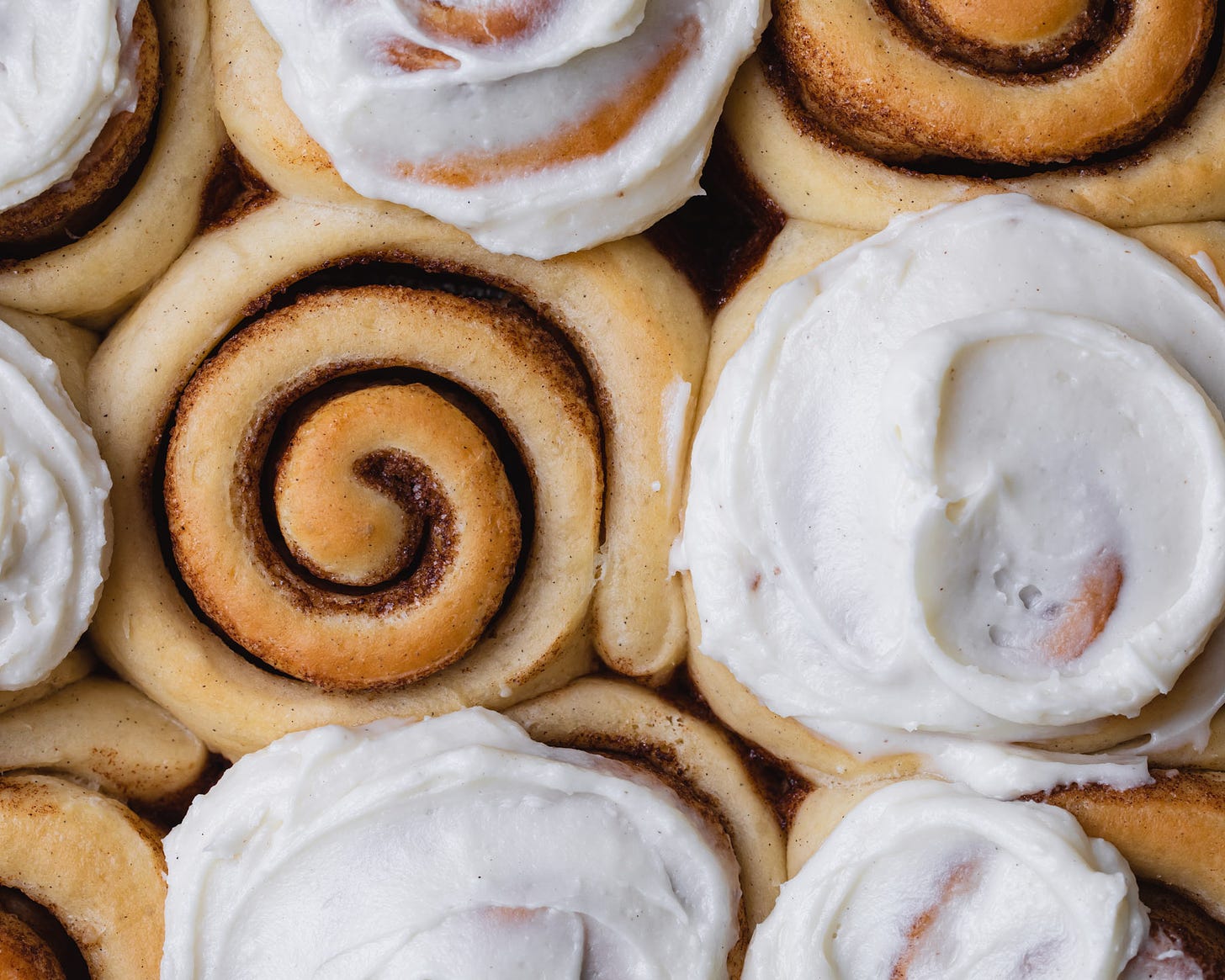All About Yeast
It's ALIVE! Learn all about the ingredient that makes our favorite doughs rise.
Hi Bakers! It’s getting chilly out there, so we are getting warm and cozy in the kitchen. I can’t think of anything more comforting than fresh breads and pillowy sweet doughs. This month, we are diving into yeast-risen baked goods. Chewy focaccia, homemade pizza dough, bouncy morning buns, and buttery brioche - yes please!
Keep reading with a 7-day free trial
Subscribe to Tessa Huff's Bake Club to keep reading this post and get 7 days of free access to the full post archives.



